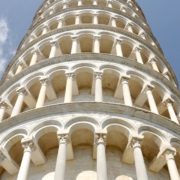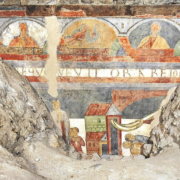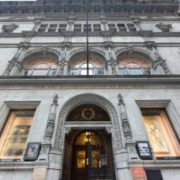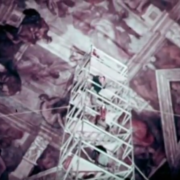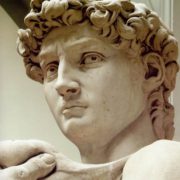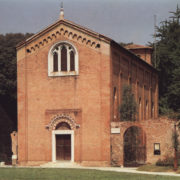Giotto and Business as Usual
The tragic events which unfolded on the 11th of September in New York and Washington are so far reaching and so momentous that it might seem superfluous to bring up issues concerning the world’s artistic heritage at this time.
James Beck, Professor and President of ArtWatch.
October 10, 2001
 Upon reflection, it is precisely those values and traditions which also lie at the core of what is at stake. All one needs do is think back to the bombing of Uffizi Gallery in Florence just a few years ago or the devastation of the Buddha statues in Afghanistan even more recently. The world’s artistic and spiritual heritage appears at risk along with other aspects of our civilization.
Upon reflection, it is precisely those values and traditions which also lie at the core of what is at stake. All one needs do is think back to the bombing of Uffizi Gallery in Florence just a few years ago or the devastation of the Buddha statues in Afghanistan even more recently. The world’s artistic and spiritual heritage appears at risk along with other aspects of our civilization.
Whatever ones views may be concerning the nuances of culpability and retribution, we can all agree that the icons of earlier art — from the Mona Lisa to Michelangelo’s Sistine Chapel frescoes to the dome of Florence’s cathedral — are statements that must be preserved if we value mankind’s genius. Since, along with equivalent monuments all over the world, they constitute symbols of past attainments, we must guard, preserve and maintain them with all our energy. And given what might be regarded as a state of emergency which now exists, it seems to me ironic that the danger to the very integrity of such objects and institutions can come from within the system as well as outside of it.
The mania to spruce up the masterpieces sees no signs of slackening on the part of the restoration establishment and on the part of the officials in charge, and no pause for reflection seems in the offing. What is occurring in Italy is “business as usual” with regard to its treasures.
A highly risky (and expensive) restoration of Giotto’s frescoes in the Scrovegni Chapel in Padova are just beginning to be carried on under what many, including the undersigned, regard as an ambiguous methodology. The usual sycophantic praise by certain art critics is a disappointingly blind reaction to a potentially damaging intervention. Obviously not all cleanings in the past were successful: sometimes they were downright bad and in other instances they were harmful. Despite warnings by nearly fifty Renaissance specialists from all over the world, half of which are Italians, we may soon witness a totally unnecessary and clearly dangerous cleaning of Leonardo’s Adoration of the Magi in the Uffizi. Essentially it is little more than an under-painting anyway, making it quite impossible to bring back its “”original glory,”” as the usual rhetoric would have it. A “”cleaning”” of Michelangelo’s David (as has just been done to the Moses in a spectacular but useless endeavor) has also recently been proposed, although it has been indoors for a century and a half, and looks pretty good right now.
There has been an unwitting campaign over the past couple of decades which will, in my opinion, be regarded as highly questionable to our art treasures by future commentators. The real problem has been an inability on the part of art scholars, art restorers, art managers, and museum curators and directors to create a truly open and generalized debate about what has been accomplished in the recent past, what is going on currently, and what goals should be created for the future. Considering world conditions, is this not the appropriate historical moment to pause in the “business as usual” syndrome and formulate a wide-reaching debate on these issues, including that of shipping art objects around the world, before making irreversible alterations to the original texts?

